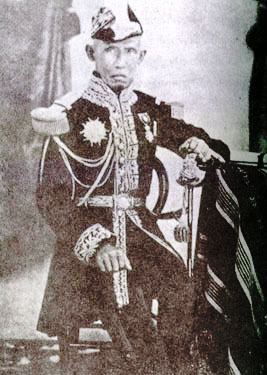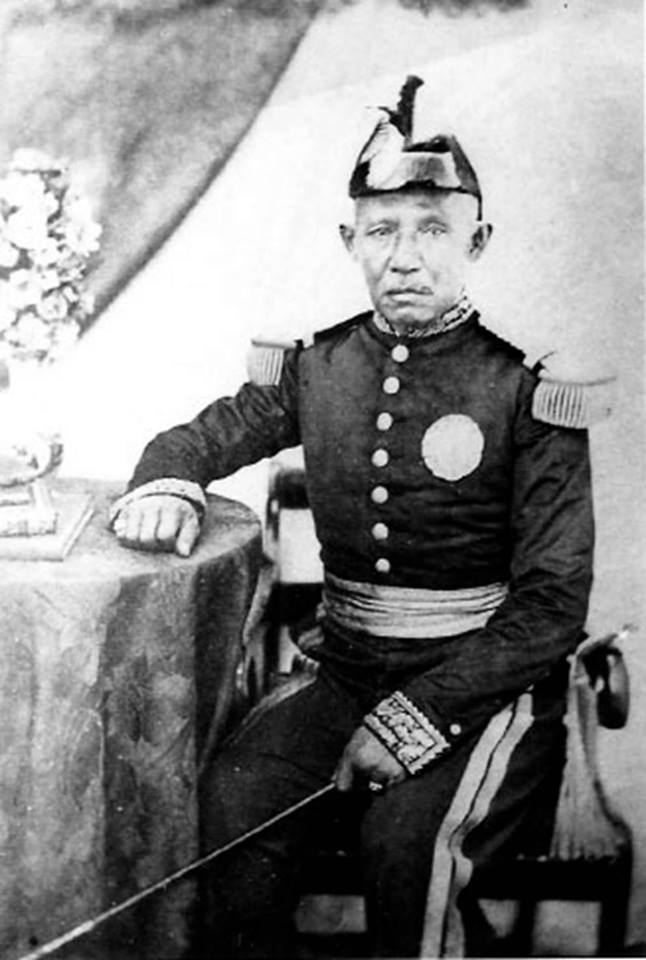Predecessor Maha Sakdi Polsep Name Pinklao Pinklao | Successor Vichaichan Spouse Chao Chom Manda Klib | |
 | ||
Tenure 25 May 1851- 7 January 1866 Born 4 September 1808Bangkok, Siam ( 1808-09-04 ) Died 7 January 1866(1866-01-07) (aged 57)Bangkok, Siam | ||
Chinnawut imax pinklao
For the ship HTMS Pin Klao, see USS Hemminger; for the bridge, see Phra Pin-klao Bridge
Contents
- Chinnawut imax pinklao
- A tribute to king pinklao of siam naval parade hd
- Early life
- Reign with Mongkut
- Titles and styles
- References

Pinklao (Thai: ปิ่นเกล้า) (September 4, 1808 – January 7, 1866) was the Front Palace of Thailand. He was the younger brother of Mongkut, King Rama IV, who crowned him as a monarch with equal honor to himself.
A tribute to king pinklao of siam naval parade hd
Early life
Prince Chutamani was born on September 4, 1808 as a son of Prince Isarasundhorn and Princess Bunrod at the Old Thonburi Palace. Prince Chutamani also had an elder brother—Prince Mongkut—who was seven years older. In 1809, Prince Isarasundhorn was crowned as Rama II and his mother became Queen Sri Suriyendra. They all moved to the Grand Palace.
The government of Buddha Loetla Nabhalai, however, was dominated by Kromma Meun Jessadabodindra, Rama II's son with Sri Sulalai. In 1824, Mongkut became a monk according to Thai traditions. However, Rama II fell ill and died in the same year. The nobility, led by Chao Phraya Abhay Pudhorn, the Prime Minister, and Prayurawongse, the Minister of Foreign Affairs, supported Jessadabodindra for the throne as he was proved to be very competent to rule. Jessadabodindra was crowned as Rama III.
Prince Mongkut then stayed in his monkhood to avoid political intrigues. Prince Chutamani, however, entered the government under Nangklao and was awarded the title "Kromma Khun Isaret-rangsant". Kromma Khun Isaret moved to the Phra Racha Wang Derm in Thonburi, where he lived with his mother Queen Sri Suriyendra until her death in 1836.
The young prince was, as was his elder brother, well disposed towards foreigners. In 1833 at age 25 and known to diplomatist Edmund Roberts as Chow-Phoi-Noi or Mom-fa-Noi, the prince secretly visited the mission house during Roberts' negotiations for the Siamese–American Treaty of Amity and Commerce, the United States' first treaty with Thailand. The prince was pleased and gratified with a nighttime visit to the man-of-war Peacock, during which the men mustered to quarters for naval exercises. Roberts says the prince speaks and writes the English language with considerable fluency, and his pronunciation is correct
Reign with Mongkut
Nangklao died in 1851. Kromma Khun Isaret was at the time the heir presumptive to the throne, but the return and claim of his brother Prince Mongkut was stronger. Mongkut was then crowned on May 25, 1851 with the support of the nobility. Concurrently Prince Isaret was crowned as Uparaja Pinklao with equal honor to Mongkut. In practice, Pinklao held the title of Front Palace. The popular legend holds that Mongkut's own astrological calculations stated that his brother Prince Isaret also holds the "fate to become a king". As a result he gave Pinklao the same styles and title normally reserved for a King such as Phrabat Somdet and Chao Yu Hua: Phrabat Somdet Phra Pinklao Chao Yu Hua. David Wyatt considers his appointment a way of Mongkut's to prevent Pinklao from challenging his own position. Nevertheless, the relationship between the brothers remained peaceful and good throughout Mongkut's reign.
The government under Mongkut was, however, in the strong hands of Prayurawongse and Pichaiyat, the former as Chief Minister of Siam. Interference from both King and Vice King was therefore minimal. Expanding his interests to foreign affairs Pinklao, who was known for his fluency in the English language was able to respond to the letters of John Bowring. In the letters, he referred himself as the Second king and his brother as the First king. As a result, Pinklao was able to play a great role in the negotiation of the Bowring Treaty of 1855, as well as a role in the subsequent negotiation of the Harris Treaty of 1856 that updated the Roberts treaty of 1833.
As the second monarch and Front Palace, Pinklao maintained his own private army, and a navy of several modern ships. It was during this time that the power of the Front Palace greatly expanded. Apart from state affairs, Pinklao was interested in both western and Lao culture, speaking English, drilling his troops in European fashion, singing, dancing, and playing the khene to mor lam music.
Pinklao died on January 7, 1866, predeceasing his brother by two years. His nephew the 15-year-old Chulalongkorn (son of Mongkut), succeeded to the throne in 1868 and Regent Somdet Chaophraya Sri Suriwongse arranged the title of Front Palace to be succeeded by Pinklao's son with Princess Aim, Prince Yingyot, later Wichaichan.
